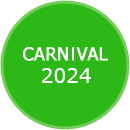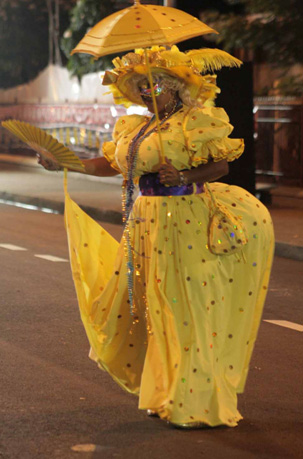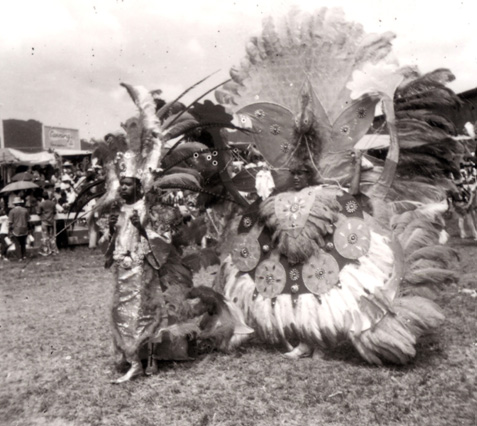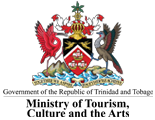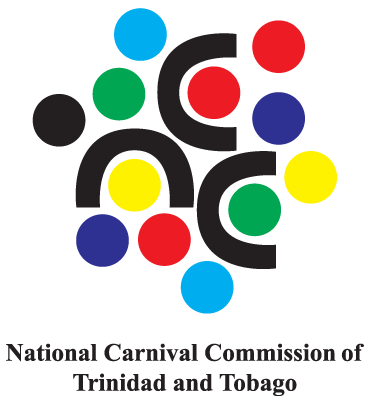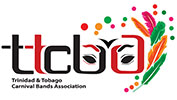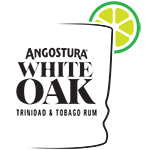Traditional Mas Characters - Calinda or Kalenda (Stick Fighting)
Calinda or Kalenda (Stick Fighting)

Photos courtesy the Carnival Institute of Trinidad and Tobago (CITT)
The Kalenda (Calinda), a stick dance, owed its origins to pre-colonial times, as early as the late 1700's. The term Kalenda emerged as a general term for the stick-fight, the dance, the songs and other performances that accompany it. Contrary to some mythology, Kalenda is not a hybrid of African stick fighting and European fencing, but is more closely related to the African-descended martial arts.






